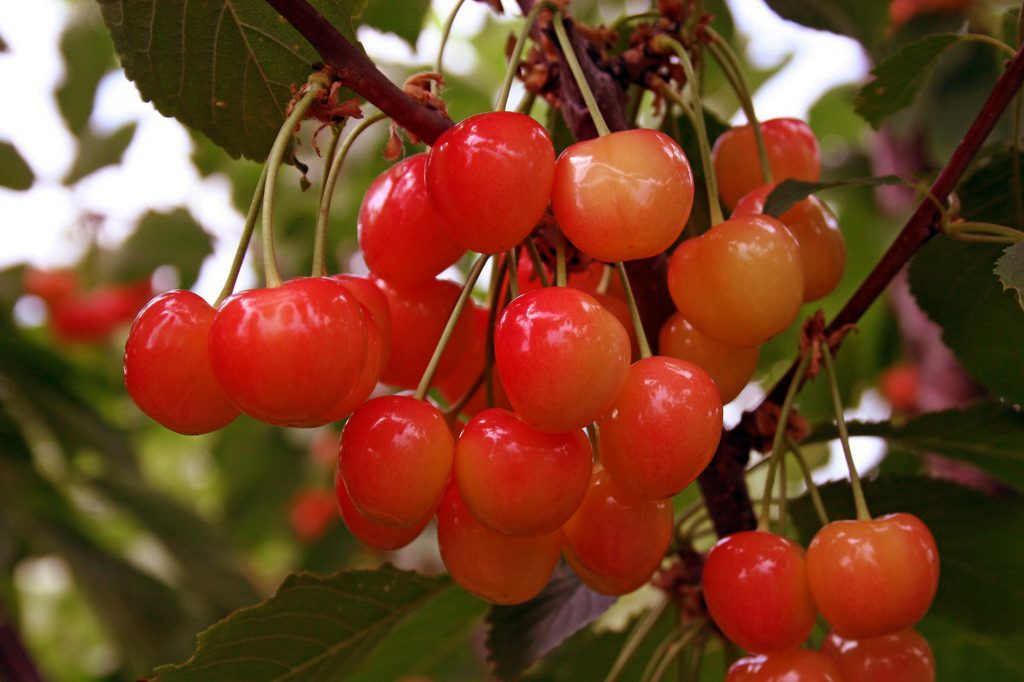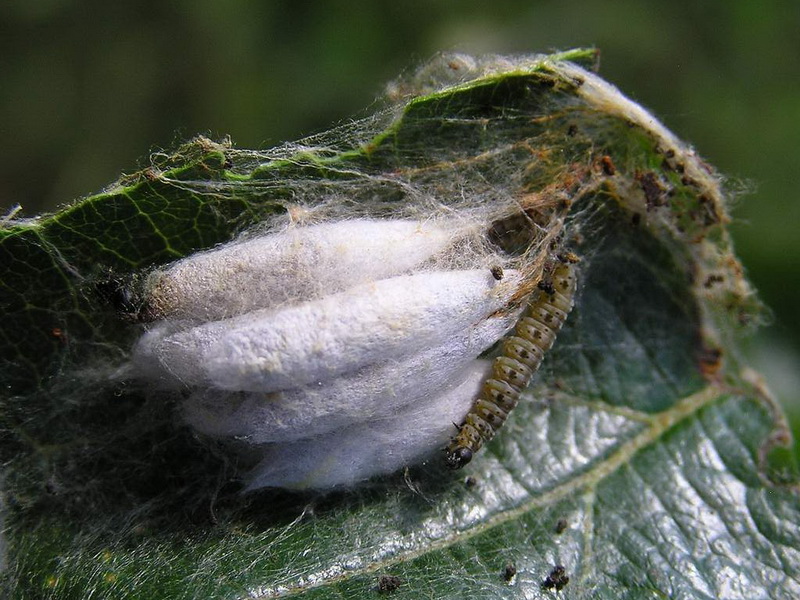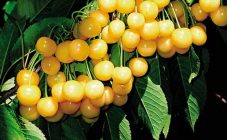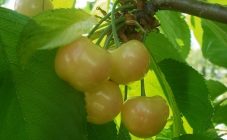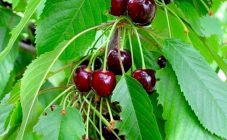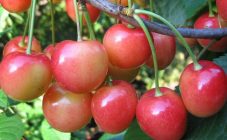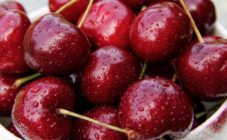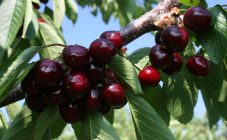Content:
Scientists from the All-Russian Institute of Selection and Technology of Horticulture and Nursery are famous for the creators of the Fatezh variety. Scientists have used gamma irradiation and biological stimulants to obtain a variety that will withstand up to -30 C. Cherry Fatezh is a hybrid of a few species of winter-hardy berries and Leningrad yellow cherries. Sweet cherry Fatezh was registered in the State Register for the Central Region of the Russian Federation in 1999.
Description and characteristics of the cherry variety Fatezh
The variety is frost-resistant, which means that you can plant trees in the central zone of Russia. The minimum temperature that it can withstand is -27 C. If the temperature is lower than -27 C, flower buds are damaged, the trunk and branches will in any case remain unharmed.
Yield
The tree is mid-maturing, the first harvest of the Fatezh cherry variety usually yields 4 years after planting in mid-July. Usually, up to 30 kg of berries can be harvested from each tree.
Sweet cherries belong to the bigarro group (species of this group have dense flesh), which means that the berries tolerate transportation well.
Tree options
The height of the tree is on average 3-5 meters, it is convenient to care for it and harvest. It also often stands out with a dense crown, later it becomes more spreading. Strong branches, covered with smooth bark, often branch off from the trunk at an obtuse angle. Young shoots have a brown color. The color of the Fatezh cherry fruit is pink, and its weight is about 4-5 g, the taste is sweet and sour.
Pollination
The Fatezh cherry tree is completely self-fertile. It bears fruit only when pollinated by other trees, preferably cherry trees.
Disease and pest resistance
Cherry Fatezh is resistant to almost all types of parasites, but the tree may show gum leakage. It is also susceptible to a disease called perforation.
With gum removal, an amber liquid appears on the tree, it is bitter and viscous. Clean the wound with a sharp knife, leaving only healthy tissue. Disinfect with 1% solution of copper sulfate (copper sulfate is copper sulfate, it can be in the form of a powder or blue crystals). Copper sulfate is odorless, but toxic.
You can also cover the trunk with garden pitch.
After the tree has healed, it is necessary to whitewash the trunk every year to prevent re-disease.
Choosing a landing site
A tree seedling should grow where the water table is not higher than two meters, in a place protected from strong gusty winds. Also, don't plant a tree in the lowlands. The plant needs sunlight throughout the day.
Growing and caring for a plant
Before planting a seedling in a hole, be sure to add:
- Ash - 1 kg
- Superphosphate - 400 g
- Sodium sulfate - 100 g.
After planting, it is recommended to water the tree 3 times per season.
It is necessary to clean the tree from weeds every month; in the second year after planting, the diameter of the trunk circle should be about 1 meter. Every year it needs to be expanded by 10-20 centimeters, while mulching each time.
Every cultural tree needs to be pruned, and this is no exception. In the spring, before the buds begin to swell, the crown of the tree must be trimmed. Every autumn it is necessary to sanitize the tree: remove all dry, damaged and diseased branches of the tree.
Advantages and disadvantages of the Fatezh cherry variety
Benefits:
- Increased winter hardiness of flower buds, they can withstand up to -27˚С.
- Resistant to most pests and diseases.
- Small tree growth.
- Good quality and taste of the fruit.
Disadvantages:
- Self-infertility.
- Purchase several seedlings to pollinate the tree.
Comparison of cherry varieties
For comparison, let's take several types of cherries:
- Fatezh.
- Iput.
- Chermashnaya.
- Adriana.
- Gronkavaya.
| Variety | Fruit color | Fruit weight | Yield | Pulp quality | Ripening terms |
|---|---|---|---|---|---|
| Fatezh | Pink | 4-5 grams | 20-30 kg | Bigarro group | Mid-season (mid-July) |
| Iput | Dark red | 5-6 grams | More than 30 kg | Bigarro group | Early ripe (late June) |
| Chermashnaya | Yellow | Less than 4 grams | 10-15 kg | Gini group | Early ripe (late June) |
| Adriana | Dark red | 4-5 grams | 10-15 kg | Bigarro group | Early ripe (late June) |
| Gronkavaya | Dark red | 4-5 grams | 20-30 kg | Gini group | Early ripe (late June) |
Cherry Fatezh is an excellent choice for summer residents of the middle lane. This tree is frost-resistant, does not cause much trouble, it is resistant to almost all types of parasites, except for rodents. Also, a tree can bring a gardener up to 30 kg of harvest, from which it will then be good to make a delicious compote or pie!
